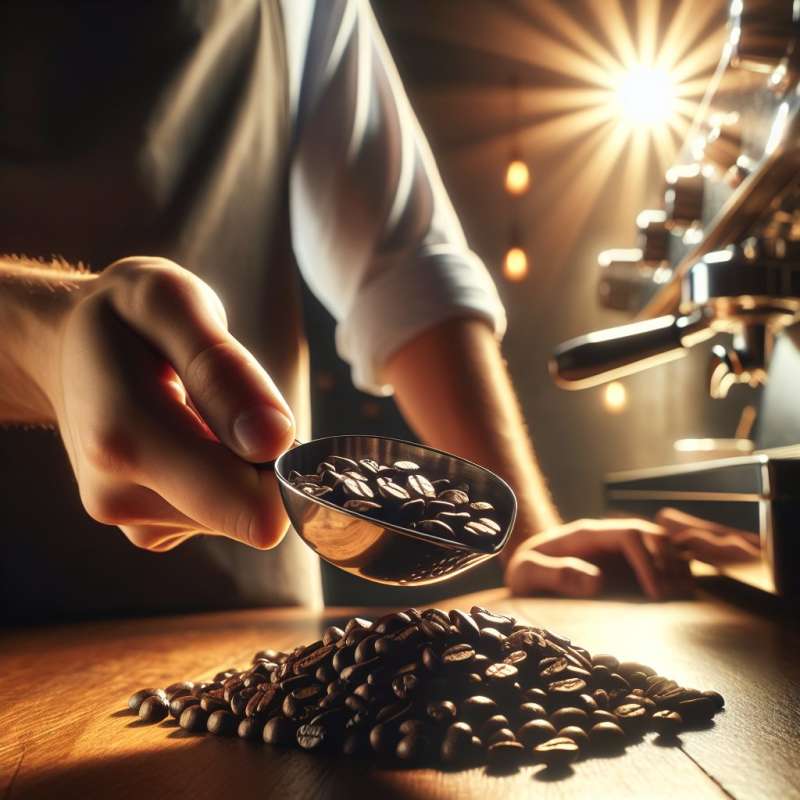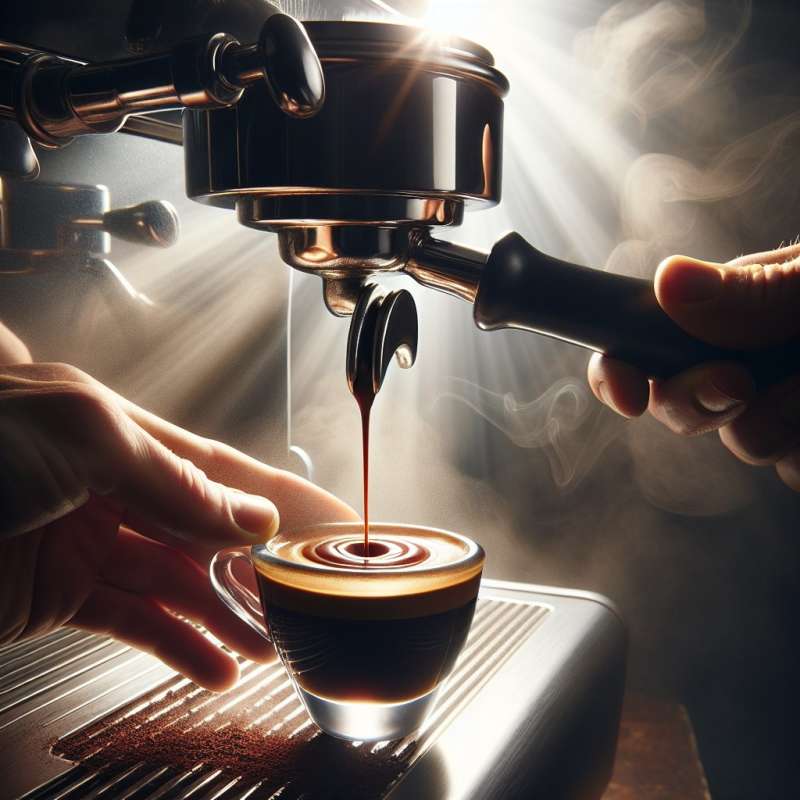
Coffee and Espresso: Origins
Surprisingly, there's no such thing as an 'espresso bean.' Beans marketed as espresso are solely blends or roasts optimized for espresso machines, not a different species or variety of coffee.
Roasting: Flavor Transformation
Espresso beans are typically dark roasted. This process caramelizes sugars within, creating a bold, full-bodied flavor ideal for the concentrated nature of espresso. Lighter roasts may lead to a more acidic, nuanced shot.
Bean Blend Complexity
Espresso blends are crafted to balance acidity, sweetness, and bitterness. A single-origin bean can make a fantastic espresso, but blends are designed to create a consistent flavor profile shot after shot.
Grinding: Size Matters
The grind for espresso is much finer than that for regular coffee. This increases the surface area, allowing water to extract flavors more quickly, which is essential for the short brewing time of espresso.
Extraction: Pressure and Time
Espresso machines use 9 bars of pressure to extract coffee, a method not used in regular brewing. This high pressure forces water through the grounds quickly, making a denser beverage with more suspended solids.
Crema: Espresso's Golden Layer
The crema is unique to espresso. This creamy layer forms when air bubbles combine with fine-ground coffee's soluble oils, a phenomenon not replicated in standard coffee brewing methods.
Caffeine Content: A Comparison
Although espresso shots are more concentrated, a typical serving has less caffeine than a standard cup of coffee due to serving size differences - approximately 63mg for espresso and 95mg for coffee.
What is 'espresso bean'?
A specific coffee species
A roast optimized for espresso
A marketing term only
Company